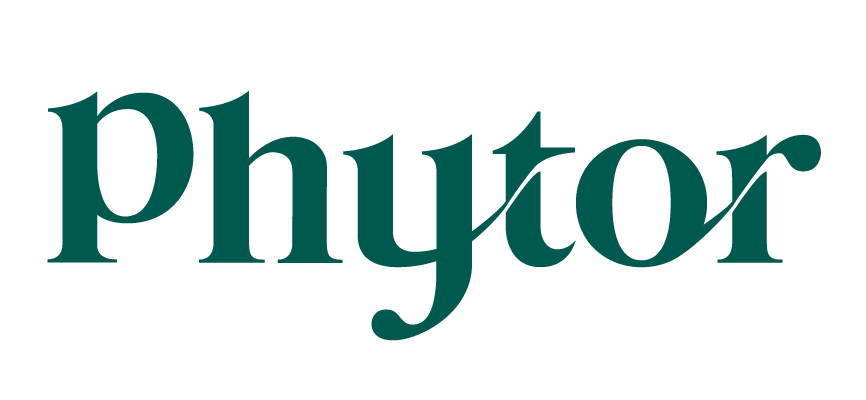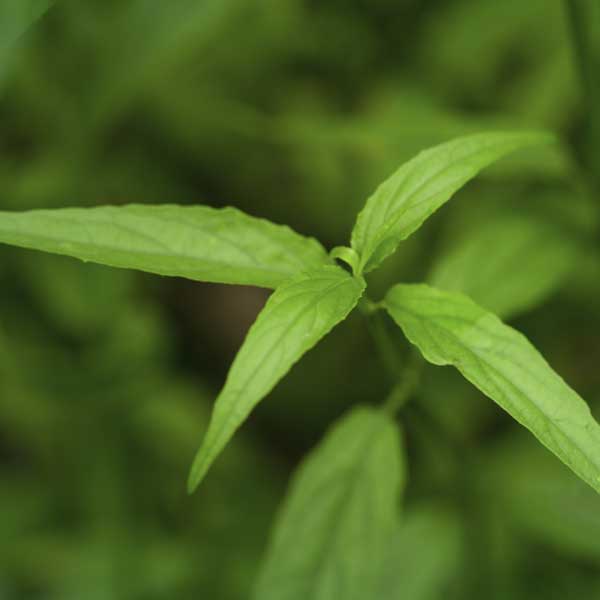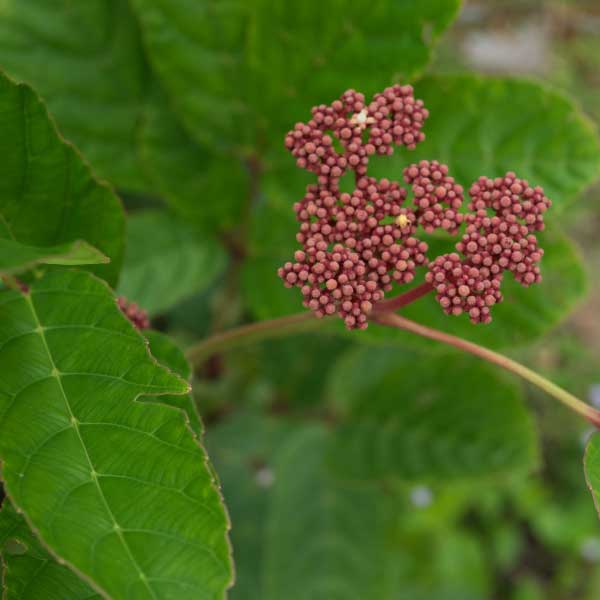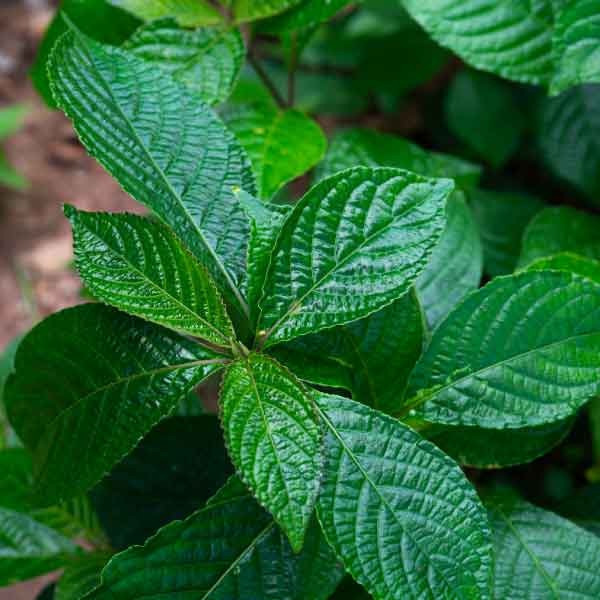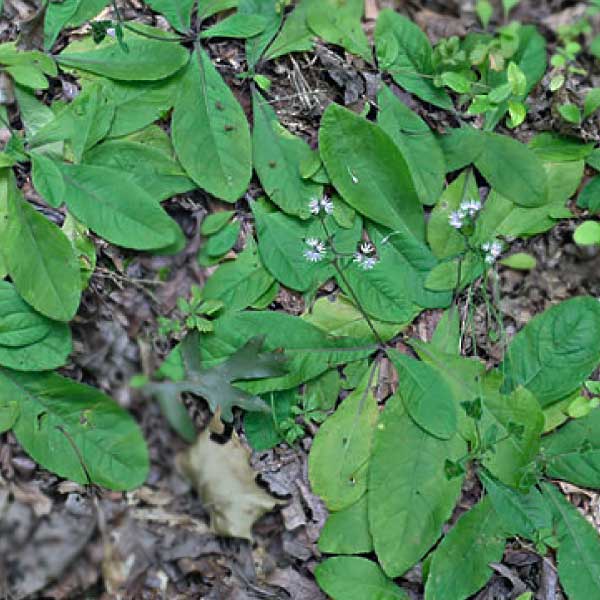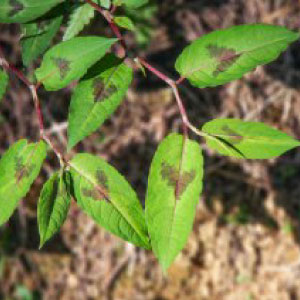PHYTOR RESTORE STOMACH 活性成分
我们筛选的每种草药都含有超过 3,000 种植物化合物
我们从中分离出有特殊功效的活性成分,这些成分具有特定的健康益处。与超过 10,000 名寻求使用自然疗法来支持其身体自然愈合能力的患者分享了我们的草药配方。
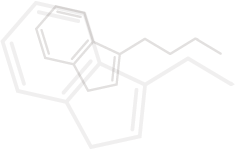
CLINACANTHUS NUTANS
Traditionally used as herbal medicines in Thailand, Malaysia, Indonesia and China, extensive studies on the herb had started since the late 1980s. The herb has been of great interest to researchers for its folk use in various diseases such as kidney and liver issues, irregular periods, skin rashes, varicella-zoster virus lesions, dysentery and cancer.
Chinese Name: 忧遁草 Yōu dùn cǎo
Contains stigmasterol, lupeol, β-Sitosterol, betulin, C-glycosyl flavones (vitexin, isovitexin, shaftoside, isomollupentin 7-O-β-glucopyranoside, orientin and isoorientin), nine cerebrosides and monoacylmonogalactoylglycerol; as well as chlorophyll derivatives.
Native: Thailand, Malaysia, Indonesia, China
Habitat: Wet forests and plains, mainly cultivated.
Plant Description: Scandent shrub with upright branches and narrow, oblong leaves.
Please refer to the published research
Please refer to the published research
- Ong, W. Y., Herr, D. R., Sun, G. Y., & Lin, T. N. (2022). Anti-Inflammatory Effects of Phytochemical Components of Clinacanthus nutans. Molecules, 27(11), 3607. DOI: https://doi.org/10.3390/molecules27113607
- Chia, T. Y., Gan, C. Y., Murugaiyah, V., Hashmi, S. F., Fatima, T., Ibrahim, L., … & Ahmad, A. (2021). A Narrative Review on the Phytochemistry, Pharmacology and Therapeutic Potentials of Clinacanthus nutans (Burm. f.) Lindau Leaves as an Alternative Source of Future Medicine. Molecules, 27(1), 139. DOI:https://doi.org/10.3390/molecules27010139
- Mahmod, I. I., Ismail, I. S., Alitheen, N. B., Normi, Y. M., Abas, F., Khatib, A., & Latip, J. (2020). NMR and LCMS analytical platforms exhibited the nephroprotective effect of Clinacanthus nutans in cisplatin-induced nephrotoxicity in the in vitro condition. BMC complementary medicine and therapies, 20(1), 1-18. DOI: http://dx.doi.org/10.1186/s12906-020-03067-3
- Alam, A., Ferdosh, S., Ghafoor, K., Hakim, A., Juraimi, A. S., Khatib, A., & Sarker, Z. I. (2016). Clinacanthus nutans: A review of the medicinal uses, pharmacology and phytochemistry. Asian Pacific journal of tropical medicine, 9(4), 402-409. DOI:https://doi.org/10.1016/j.apjtm.2016.03.011
LEEA INDICA
Leea Indica, otherwise known as “Bandicoot Berry” is a large shrub in the family Vitaceae – a plant family known for its fruit crop. The whole plant is traditionally used in India to treat headache, joint or body pain, rheumatism and skin issues. It was one of the seven medicinal plants studied by a team of NUS researchers over 3-years period between 2010 and 2013 for potential cancer-fighting properties.
Contains 31 compounds of different classes, including β-Sitosterol, Lupeol, Di-n-octyl, β-Amyrin, Gallic acid, Quercitrin, Dibutyl phthalate, α-Tocopherol, Di-iso butyl phthalate, Di-n-butyl phthalate, N-butyl iso butyl phthalate, Mollic acid arabinoside, Phthalic acid, Palmitic acid, Eicosanol, Solanesol, Farnesol, Ursolic acid and N-butyl gallate.
Native: Indomalaya, Indochina, Australia, Pacific Islands
Habitat: Wet forests and plains, mainly cultivated.
Plant Description: Large evergreen perennial shrubs with twice or thrice pinnate leaves.
Please refer to the published research
Siew, Y. Y., Yew, H. C., Neo, S. Y., Seow, S. V., Lew, S. M., Lim, S. W., … & Koh, H. L. (2019). Evaluation of anti-proliferative activity of medicinal plants used in Asian Traditional Medicine to treat cancer. Journal of ethnopharmacology, 235, 75-87. https://doi.org/10.1016/j.jep.2018.12.040
Mishra, G., Khosa, R. L., Singh, P., & Tahseen, M. A. (2016b). Ethnobotany and phytopharmacology of Leea indica: An overview. Journal of Coastal Life Medicine, 4(1), 69–72. https://doi.org/10.12980/jclm.4.2016jclm-2014-0017
Rahman, M. A., Imran, T. B., & Islam, S. (2013). Antioxidative, antimicrobial and cytotoxic effects of the phenolics of Leea indica leaf extract. Saudi Journal of Biological Sciences, 20(3), 213–225. https://doi.org/10.1016/j.sjbs.2012.11.007
Hossain, F., Mostofa, M. G., & Alam, A. K. (2021). Traditional uses and pharmacological activities of the genus leea and its phytochemicals: A review. Heliyon, 7(2), e06222. https://doi.org/10.1016/j.heliyon.2021.e06222
Singh, D., Siew, Y. Y., Chong, T. I., Yew, H. C., Ho, S. S. W., Lim, C. S. E. S., … & Koh, H. L. (2019). Identification of phytoconstituents in Leea indica (Burm. F.) Merr. leaves by high performance liquid chromatography micro time-of-flight mass spectrometry. Molecules, 24(4), 714. https://doi.org/10.3390/molecules24040714
Strobilanthes crispus
Traditionally used in Indonesia and Malaysia to treat urinary stones, gallbladder stones, difficult urination, hemorrhoid, constipation, or for diuretic purpose. It was one of the seven medicinal plants studied by a team of NUS researchers over 3-years period between 2010 and 2013 for potential cancer-fighting properties.
Contains p-hydroxybenzoic acid, p-coumaric acid, caffeic acid, vanillic acid, gentinic acid, ferulic acid, syryngic acid, tannin alkaloid, catechin, rutin, myricetin, luteolin, apigenin, naringenin and kaempferol
Native: Madagascar, Indonesia, Malaysia
Plant Description: Shrub with dark green shiny leaves occurring in pairs in opposite leaf arrangement.
Please refer to the published research
Please refer to the published research
- Gul, M. T., Dheyab, A. S., Shaker, E. K., Muhammad, N., & Pauzi, A. N. (2020). In vitro evaluation of anti-urolithiatic properties of Strobilanthes crispus extracted using different solvents. Research Journal of Chemistry and Environment Vol, 24, 1.
- Ban, W. K., Fong, I. L., Khong, H. Y., & Phung, J. H. Y. (2022). Wound Healing, Antimicrobial and Antioxidant Properties of Clinacanthus nutans (Burm. f.) Lindau and Strobilanthes crispus (L.) Blume Extracts. Molecules, 27(5), 1722. DOI: https://doi.org/10.3390/molecules27051722
- Tobing, J. H. (2022). The Effect of Sambiloto (Andrographis paniculata Nees.) and Kejibeling (Strobilanthes crispa) Leaves on Uric Acid Levels of White Rats (Rattus norvegicus). 8ISC Proceedings: Sciences, 5-12. http://ejournal.unklab.ac.id/index.php/8ISCSC/article/view/668
Elephantopus tomentosus
A widely used medicinal herb in Asia for the treatment of pain and inflammatory conditions such as wounds, tonsillitis and various respiratory disorders.
Contains epifriedelanol, lupeol, 6-deoxyisojacreubin, butulinic acid, ursolic acid, ferulic acid, 3-formylindole, pinellic acid, 30- oxo-lup, 2b-methoxy-2-deethoxy-8-O-deacylphantomolin-8-O-tiglinate, 2-dethoxy-2-hydroxyphantomolin, tomenphantopin A, B, H, tomenphantin A and B.
Native: North America
Plant Description: Perennial herb with leaves of various sizes that forms at the base of the plant.
Please refer to the published research
Please refer to the published research
Yam, M. F., Ang, L. F., Ameer, O. Z., Salman, I. M., Aziz, H. A., & Asmawi, M. Z. (2009). Anti-inflammatory and Analgesic Effects of Elephantopus tomentosus Ethanolic Extract. Journal of Acupuncture and Meridian Studies, 2(4), 280–287. https://doi.org/10.1016/s2005-2901(09)60069-8
Yam, M. F., Basir, R., Asmawi, M. Z., Rosidah, Ahmad, M., & Akowuah, G. A. (2008). Antioxidant and Hepatoprotective Activities ofElephantopus tomentosus. Ethanol Extract. Pharmaceutical Biology, 46(3), 199–206. https://doi.org/10.1080/13880200701735569
PERSICARIA CHINENSIS
A medicinal herb used in Malaysia and Vietnam for the treatment of dysentery and enteritis. The plant is also used in traditional Chinese medicine to treat stomach ache, diarrhea, whooping cough, hepatitis, various inflammatory skin diseases and eczema.
Contains kaempferol, quercetin, kaempferol-7-O-Glycosides, β-sitosteroid and acids.
Native: Southeast Asia
Plant Description: Climbing perennial with reddish stems and alternately arranged leaves marked by a dark spot near its centre.
Please refer to published research
Ismail, I. F., Golbabapour, S., Hassandarvish, P., Hajrezaie, M., Abdul Majid, N., Kadir, F. A., Al-Bayaty, F., Awang, K., Hazni, H., & Abdulla, M. A. (2012). Gastroprotective Activity of Polygonum chinense Aqueous Leaf Extract on Ethanol-Induced Hemorrhagic Mucosal Lesions in Rats. Evidence-Based Complementary and Alternative Medicine, 2012, 1–9. https://doi.org/10.1155/2012/404012
Manasa, K., Kuppast, I., Kumar, K. M., & Akshara, K. (2016). A Review on Polygonum chinensis. Research Journal of Pharmacology and Pharmacodynamics, 8(4), 185. https://doi.org/10.5958/2321-5836.2016.00034.3
Maharajan, M., Rajendran, A., Binu, T., & Aravindhan, V. (2012). Antibacterial and antifungal activities of Polygonum chinense Linn. Asian Journal of Plant Science and Research, 2012, 2 (5):577-580. https://www.imedpub.com/abstract/antibacterial-and-antifungal-activities-of-polygonum-chinense-linn-13683.html

